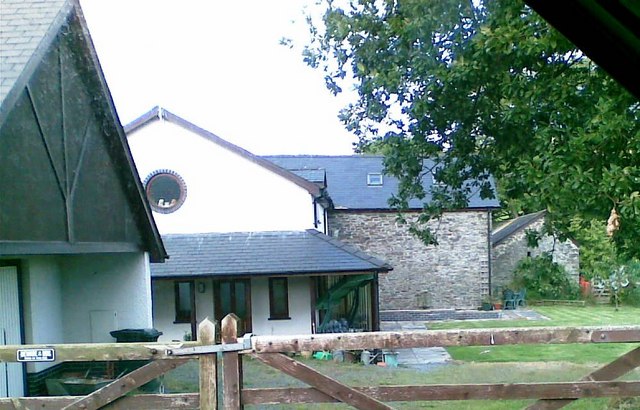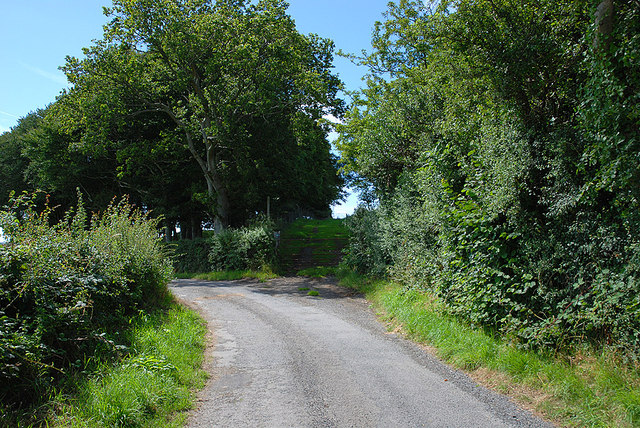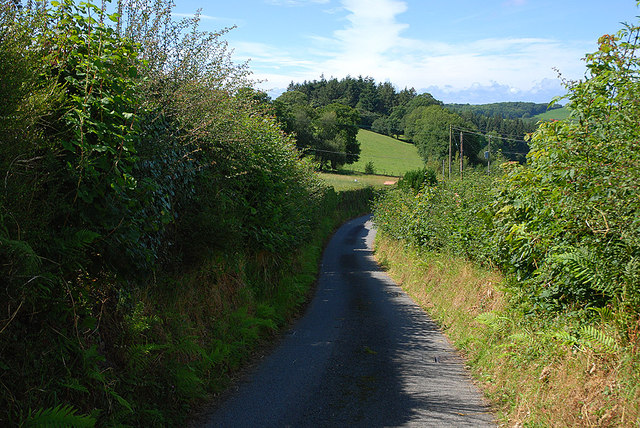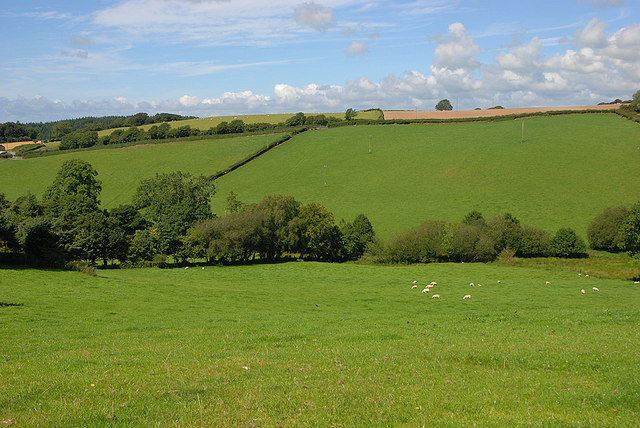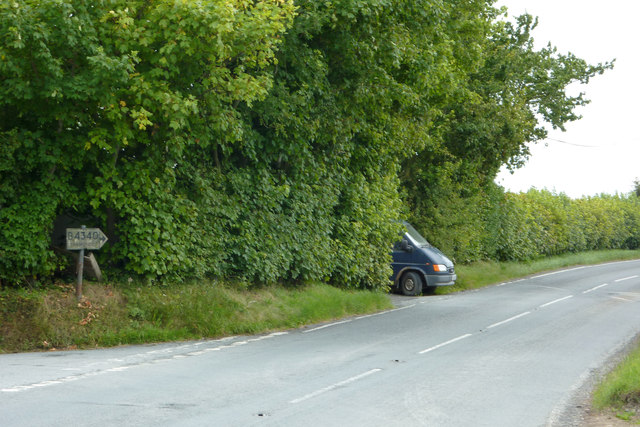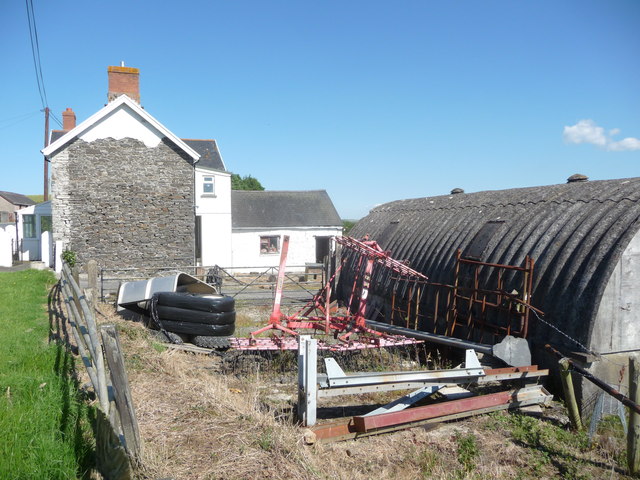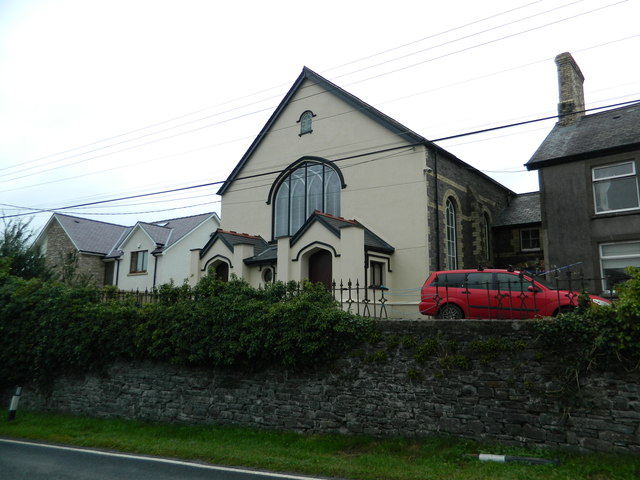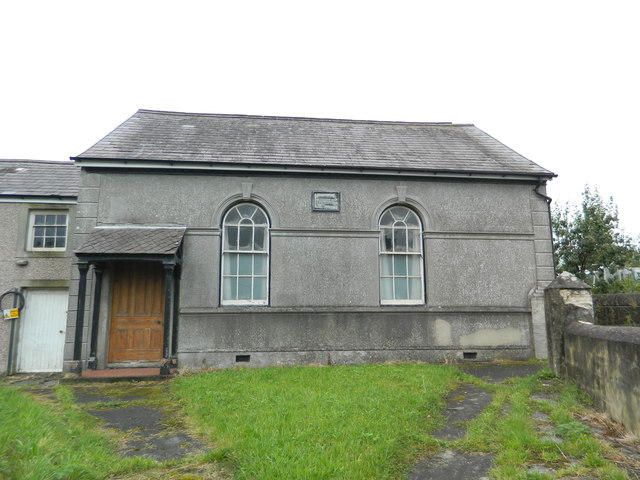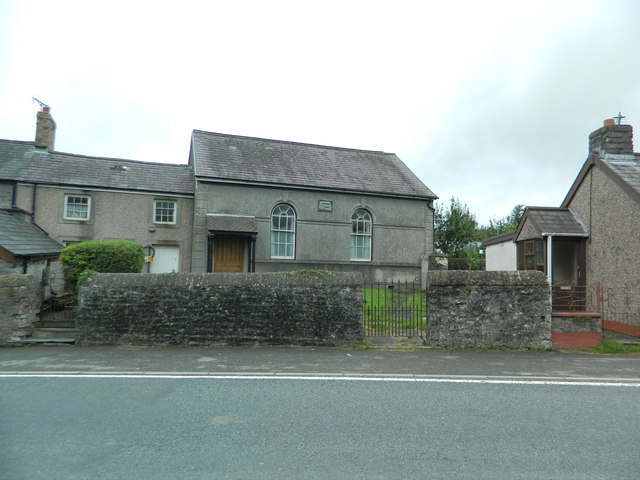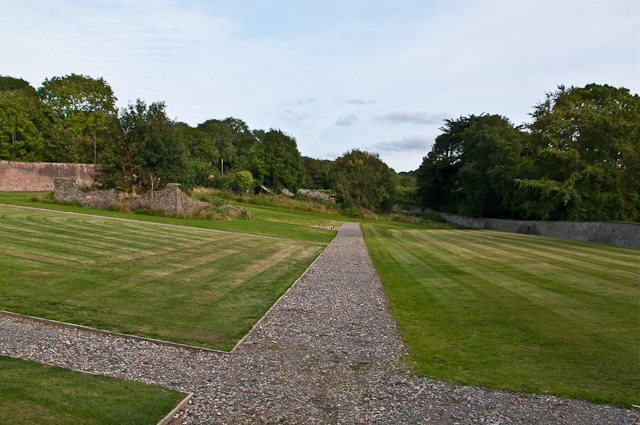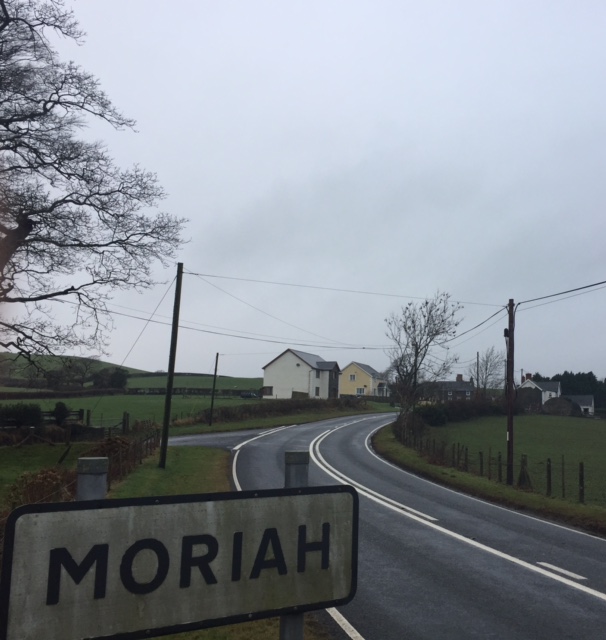Coed Cwmhwylog
Wood, Forest in Cardiganshire
Wales
Coed Cwmhwylog
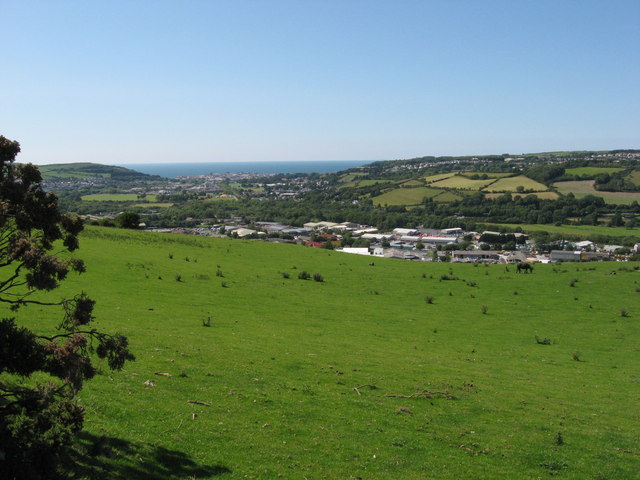
Coed Cwmhwylog, located in Cardiganshire, is a picturesque woodland area that offers a serene and enchanting experience to its visitors. Spanning over a vast expanse, this forest is known for its natural beauty and diverse ecosystem.
The woodland is characterized by a rich variety of tree species, including oak, beech, ash, and birch, creating a stunning tapestry of colors in every season. The forest floor is adorned with an array of wildflowers, adding to its charm and providing a habitat for a multitude of wildlife.
Coed Cwmhwylog is home to a wide range of fauna, making it a haven for nature enthusiasts and birdwatchers. Visitors may spot various bird species, such as woodpeckers, owls, and warblers, as well as small mammals like foxes, badgers, and squirrels. The forest also boasts a diverse insect population, with butterflies and beetles adding to its ecological significance.
For those seeking outdoor activities, Coed Cwmhwylog offers numerous walking trails that wind through the woodland, providing an opportunity to immerse oneself in nature and enjoy the sights and sounds of the forest. The tranquil atmosphere and fresh air make it an ideal location for leisurely strolls, picnics, and photography.
With its untouched beauty and natural splendor, Coed Cwmhwylog is a must-visit destination for nature lovers and those wishing to escape the hustle and bustle of everyday life. Its serene ambiance, diverse flora and fauna, and well-maintained trails make it a truly enchanting place to explore and appreciate the wonders of the natural world.
If you have any feedback on the listing, please let us know in the comments section below.
Coed Cwmhwylog Images
Images are sourced within 2km of 52.37954/-4.0267133 or Grid Reference SN6277. Thanks to Geograph Open Source API. All images are credited.
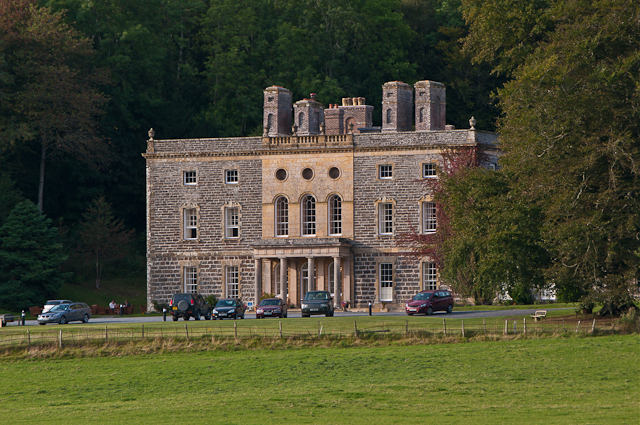
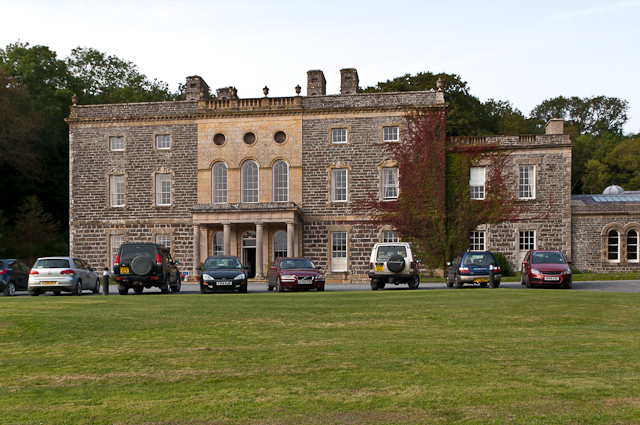
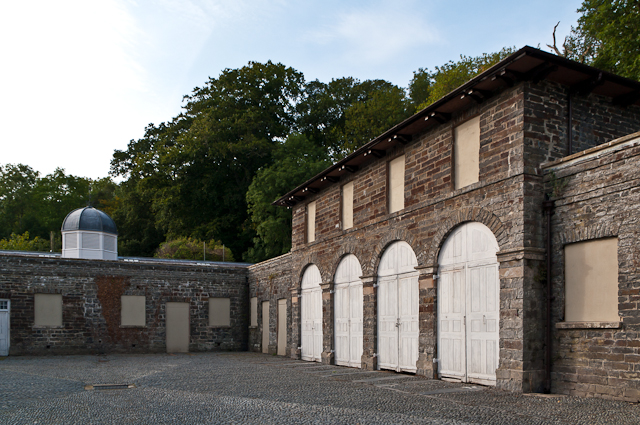
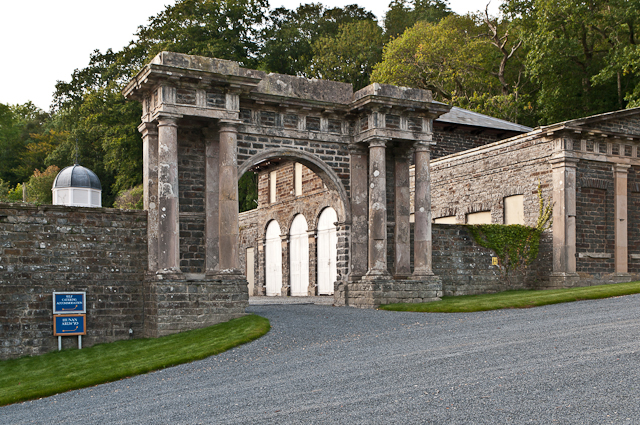
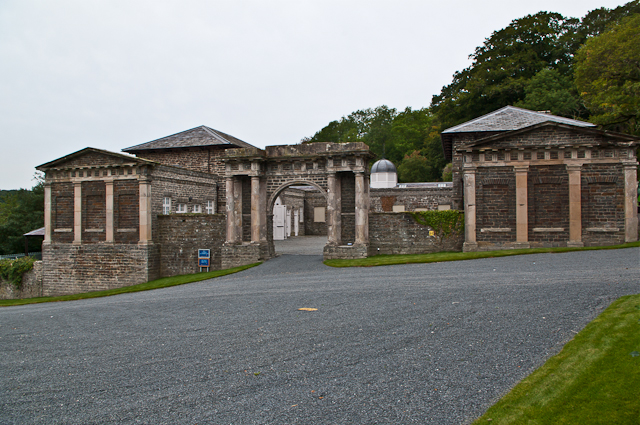
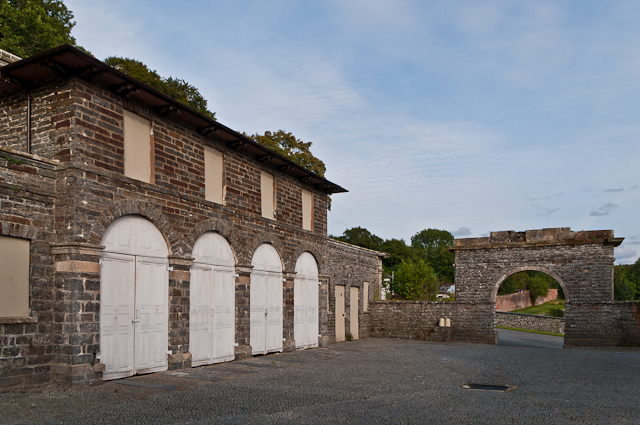
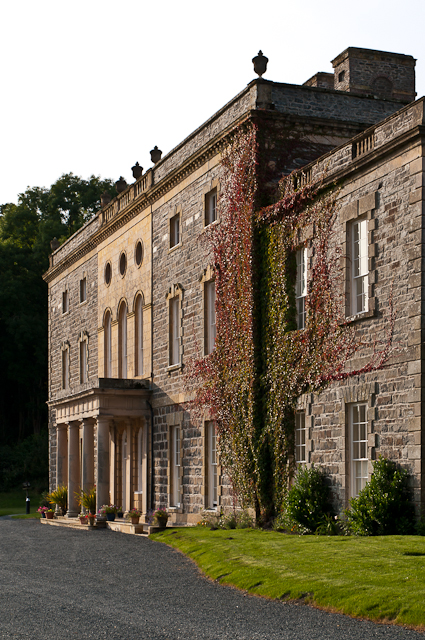
Coed Cwmhwylog is located at Grid Ref: SN6277 (Lat: 52.37954, Lng: -4.0267133)
Unitary Authority: Ceredigion
Police Authority: Dyfed Powys
What 3 Words
///reliving.open.codes. Near Llanilar, Ceredigion
Nearby Locations
Related Wikis
Y Gors, Ceredigion
Y Gors is a hamlet in the community of Trawsgoed, Ceredigion, Wales, which is 71.5 miles (115.1 km) from Cardiff and 176.1 miles (283.4 km) from London...
Nanteos Mansion
Nanteos (Welsh: Plas Nanteos, Nanteos Mansion) is an 18th-century former country house in Llanbadarn-y-Creuddyn, near Aberystwyth, Ceredigion, Wales. A...
Moriah, Ceredigion
Moriah is a hamlet in the community of Llanfarian, Ceredigion, Wales, which is 73 miles (117.4 km) from Cardiff and 177.1 miles (285 km) from London. Moriah...
Pont Paith
Pont Paith is a hamlet in the community of Llanfarian, Ceredigion, Wales, 73 miles (117.5 km) from Cardiff and 177.9 miles (286.2 km) from London. Pont...
Nearby Amenities
Located within 500m of 52.37954,-4.0267133Have you been to Coed Cwmhwylog?
Leave your review of Coed Cwmhwylog below (or comments, questions and feedback).
